| Structure | Name/CAS No. | Articles |
|---|---|---|
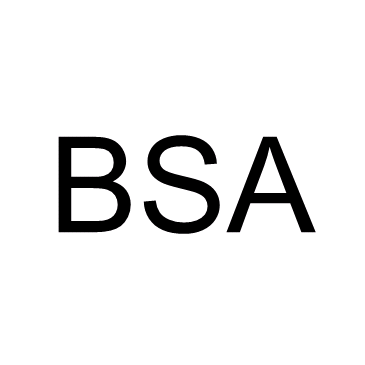 |
Bovine Serum Albumin
CAS:9048-46-8 |
|
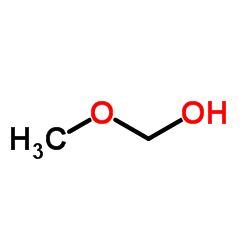 |
Paraformaldehyde
CAS:30525-89-4 |
|
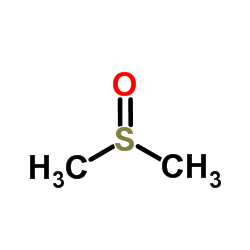 |
Dimethyl sulfoxide
CAS:67-68-5 |
|
 |
(±)-Naringenin
CAS:67604-48-2 |
|
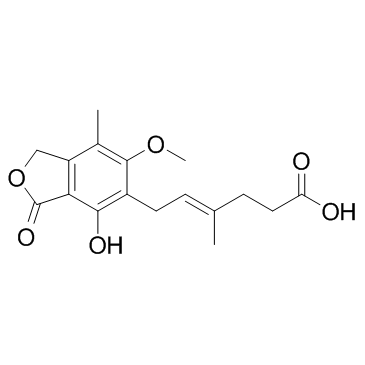 |
Mycophenolic acid
CAS:24280-93-1 |
|
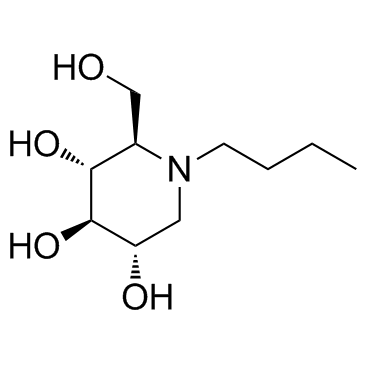 |
miglustat
CAS:72599-27-0 |